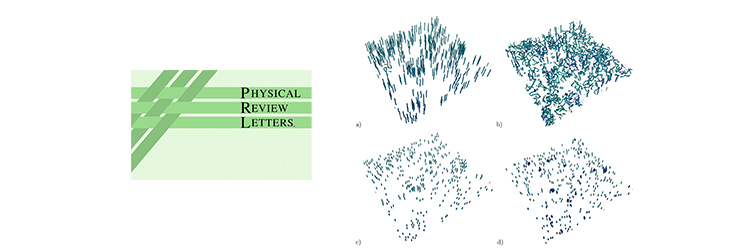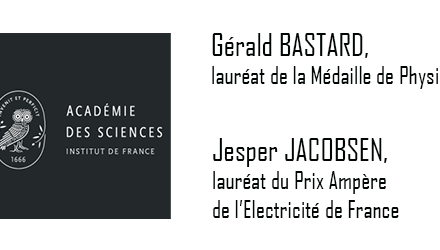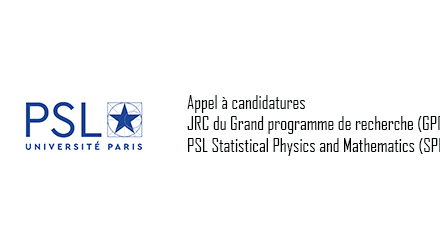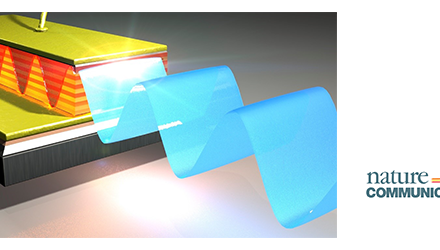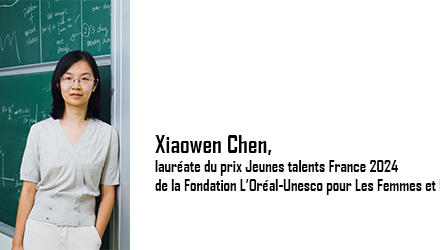Experiments in Bose-Einstein condensates (BECs) and superfluid He4 have shown that quantum turbulence can display multiple phases. Recent BEC experiments, close to a two-dimensional (2D) regime, display an intriguing out-of-equilibrium self-organization and the nucleation of quantized vortices, instead of a tendency towards disorder. In classical turbulence, a reminiscent process can also take place. Under certain conditions, the kinetic energy can undergo an inverse cascade (moving upscale), and eventually condensing in the larger scales. In classical turbulence, when the flow is three-dimensional (3D) energy undergoes a direct cascade (moving to smaller scales) and recent developments indicate that, as the domain that contains the fluid is made thinner, the system becomes 2D and displays an inverse cascade after a critical second-order transition.
In an article published in Physical Review Letters, a team from LPENS / Universidad de Buenos Aires / Université Côte d´Azur, Observatoire de la Côte d´Azur addresses the questions of the existence of a transition in the behavior of quantum turbulence as its dimensionality is changed. They numerically studied 3D condensates in periodic boundary conditions using the Gross-Pitaevskii equation (GPE) for a quasi-2D array of quantized vortices varying the aspect ratio of the domain, thus compactifying one of its dimensions. They found evidence of an abrupt transition towards a regime that displays two-dimensionalization, spatial aggregation of quantized vortices, and inverse energy flux.
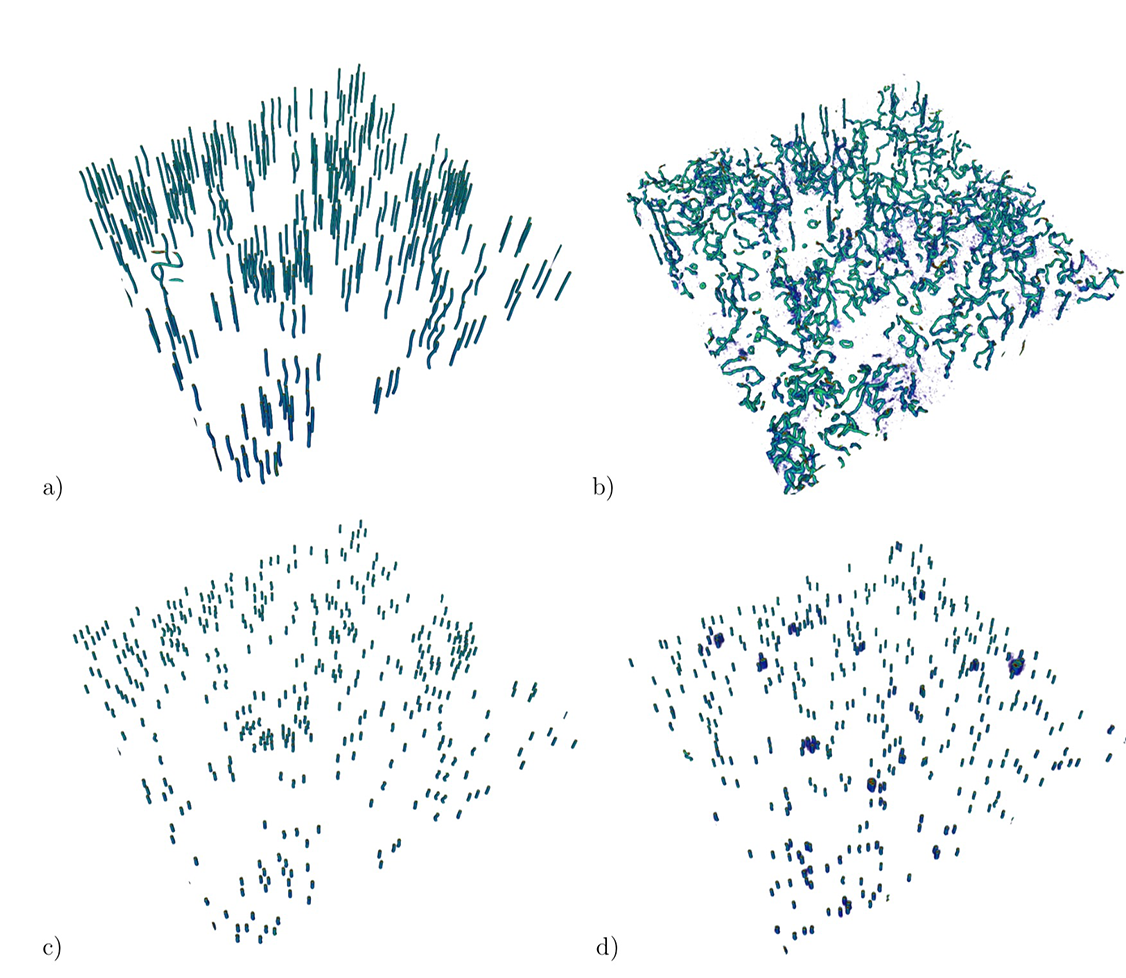
DOI: 10.1103/PhysRevLett.124.134501
Author affiliation :
Laboratoire de Physique de L’Ecole normale supérieure (LPENS, ENS Paris/CNRS/Sorbonne Université/Université de Paris)
Corresponding author : Marc-Etienne Brachet
Communication contact : L’équipe de communication











